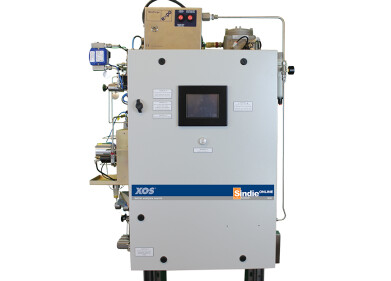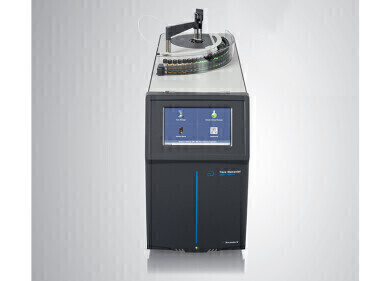Sulphur analysis
What is Kerosene?
Dec 28 2017
From powering jet engines to thinning out insecticides, kerosene is one of the oil industry's most lucrative by-products. Also known as paraffin wax, the oil distillate is thin, clear and relatively cheap. But what exactly is it?
A brief history of kerosene
The history of paraffin wax dates back over 2000 years, when Arabian scientists developed a method to distil petroleum into individual components. These were then used for specialised purposes, with demand spiking as new uses were discovered.
Kerosene was officially discovered in 1853 when British physician Abraham Gesner developed a method of extracting the inflammable liquid from asphalt. It quickly emerged as an important commodity, with industrial scale chemical extractions starting in 1859.
The raw ingredients
Kerosene calls for a cocktail of petroleum chemicals, including oil, rocks, water and other contaminates. These are sourced from subterranean reservoirs deep within the earth, with some of the organic residue building up over tens of millions of years.
Once crude oil has been harvested gross contaminants like gases, water and dirt are filtered out using a process called desalting. The properties of the crude oil are then assessed to determine what types of petroleum products can be extracted. Key properties to consider include sulphur content, density and other physical characteristics.
It then undergoes the separation process that sees the crude oil heated in a distillation column. This forces the lighter hydrocarbon components to the top of the column while the high boiling-point fractions settle at the bottom. The lighter vapours eventually reach the condenser, which cools them down and converts them back to a liquid state.
The art of extraction
After being distilled into fractions the oil undergoes a series of major processing techniques, including catalytic reforming, akylkation, catalytic cracking and hydroprocessing. All four actively control the carbon chain distribution by increasing or decreasing carbon atoms from the hydrocarbon backbone.
Today manufacturers have developed their own unique extraction techniques, including the Udex process which is popular in the United States. Shell champions its Sulfolane process while other manufacturers prefer the Lurgi Arosolvan Process.
So what's next for kerosene? Thanks to an influx of new application techniques and manufacturing methods the future of kerosene is constantly evolving. Whether it can keep up with the green energy revolution is yet to be seen.
Determining sulphur content plays a pivotal role in the journey from crude oil to kerosene. Spotlighting the latest MPO technology, 'Productivity Boost in Sulphur (UVFD) Routine Analysis' explains how analysts are able to mitigate "interference" and determine sulphur content accurately and efficiently.
Digital Edition
PIN 26.1 Feb/Mar 2025
March 2025
Analytical Instrumentation - Elemental Analysis for Quality and Process Control at Refineries, for Lubricants and Wear Metals in Engine Oils - Synthetic Lubricants: New Developments - Scaling...
View all digital editions
Events
Apr 08 2025 Birmingham, UK
Apr 08 2025 Kielce, Poland
Apr 08 2025 Ravenna, Italy
Apr 08 2025 Southampton, UK
Apr 08 2025 London, UK



















